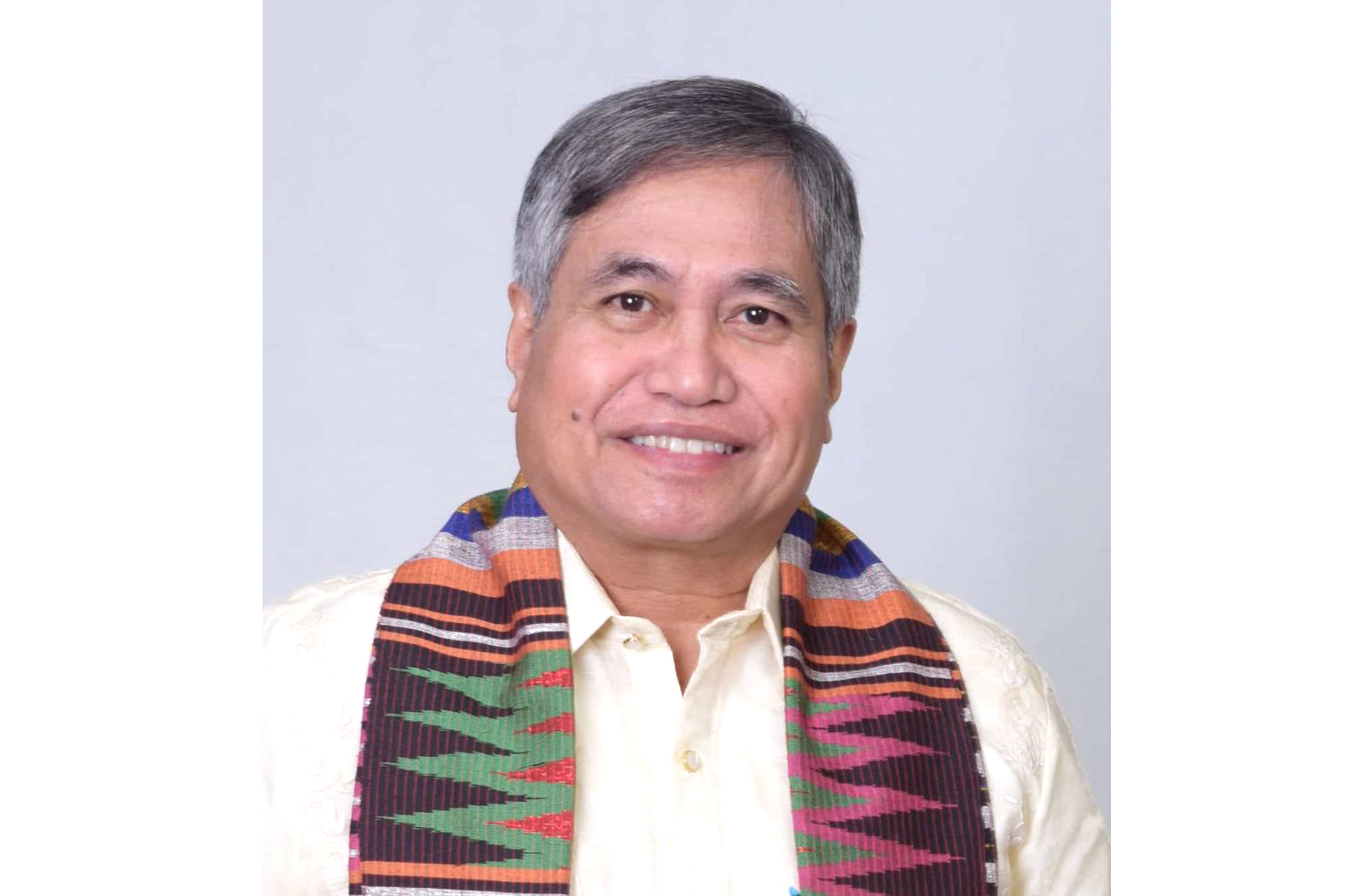FROM THE MARGINS

Like weavers of old, microfinance players are documenting the minutiae of their everyday lives into interconnecting stories of hope that build a tapestry of how microfinance transforms lives and communities. The SineMaya Community Film Festival has catalyzed the microfinance industry into capturing the empowering positive impact of microfinance.
Last Aug. 4, I was in Negros to watch the eight short documentary films that competed in the 2023 SineMaya Film Festival. Written, directed, and produced by microfinance clients, these films have been shown in selected SM City Cinemas, including SM City San Pablo, Manila, Iloilo, Cagayan de Oro, and Bacolod.
SineMaya harnesses the creativity and artistry of microfinance clients in filmmaking, providing training in scriptwriting and video editing to enhance production quality. It was started by a microfinance institution (MFI) a few years ago, but it has since been expanded to cover other MFIs in the country. This year, the community film festival has been opened to other MFIs in the ASEAN region.
Featured films
The film showing in Bacolod was participated in by five MFIs: SEDP-Simbag, CARD MRI, NWTF, PALFSI, and ASA Philippines. The featured films are quite moving:
“Balo” tells the story of a mother who single-handedly raised her four children after she lost her husband. She struggled to keep her family together and support her children’s education. Her efforts paid off, as all her children finished college and became professionals in various fields.
“Pagbangon ng Api” features Jeaneth and her husband, who faced challenges as they strived for a better life. Despite many setbacks, including a robbery and a road accident, the couple kept their faith and, with the help of their MFI, were able to rebuild their lives.
“Isang Libong Hakbang para sa Pangarap” shows the families living atop a mountain and how their children had to walk miles to attend school. Their tireless efforts to support their children's dreams are really inspiring!
“Bunga ng Pagsisikap” is about Rosita, who experienced poverty at a very young age. Her parents’ separation made life doubly hard, but these experiences motivated her to build a better future for herself and her family. Microfinance enabled her to meet her family's needs and establish a successful business.
“Dahon ng Pag-Asa” documents Cavinti, Laguna’s heritage and culture, where weaving hats from pandan leaves is a cherished tradition passed down through generations. The film highlights the efforts of the community, along with the LGU and an MFI, to preserve this cultural heritage.
“Kami ay Babae, Hindi Babae Lang” is about Nona, who personifies a woman’s strength and resilience. She does everything to support her family, from farming to making dried fish. Her MFI’s support, not just in providing capital for her business but in giving her daughter a scholarship, is very touching.
“Pangandoy” tells the story of Mie Baring, an OFW who returned to the Philippines after enduring abuse from her employer. She succeeded in rebuilding her life, starting from a small business that was funded through microfinance.
“Letra" is a documentary about a program that offers not just Shariah-compliant financial services but basic literacy training to poor Muslim communities. A client, Salimah Madki, considers being able to write her own name one of her greatest accomplishments.
These films powerfully illustrate the impact of microfinance on people's lives — showing how, even in the face of adversity, individuals can transform their circumstances. I was really impressed since the films were produced, written, and acted by the MFI clients themselves, bringing their real stories to life, on-screen.
Meeting clients
Since I arrived a day early, I took a side trip to Sipalay to meet with a group of MFI workers. Like what is depicted in the SineMaya films, many of their clients are successfully running businesses, generating income, and improving their lives. Majority are involved in fishing and agriculture, though I was told that seafood prices in Sipalay are comparatively lower than in major cities like Bacolod, Iloilo, and Metro Manila.
They told me about their clients’ need for microinsurance for their fishing boats. Many clients have had their boats damaged or destroyed by typhoons, significantly affecting their livelihood. They said that if MFIs could provide insurance, their clients can quickly repair or replace boats damaged after a storm. I hope to be able to help by bringing their proposal to insurance companies.
I also offered to assist their clients in marketing their products, particularly high-demand items like shrimp, crabs, and fish. Bringing their goods directly to Metro Manila markets would surely give them better returns for their seafood and agricultural products.
I hope that the microfinance clients in Sipalay will also connect to the stories of hope that many MFIs are weaving together.
* * *
“Weavers are healers of the unbroken whole – connecting people and place in elegant tapestries of shared meaning and visions of a world that works for all.” – Daniel Christian Wahl
(Dr. Jaime Aristotle B. Alip is a poverty eradication advocate. He is the founder of the Center for Agriculture and Rural Development Mutually-Reinforcing Institutions (CARD MRI).)